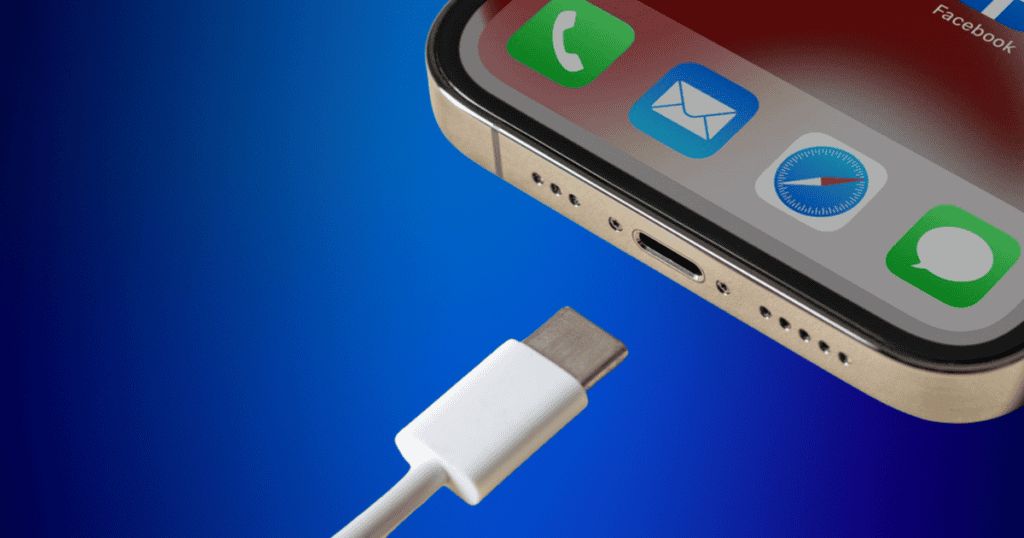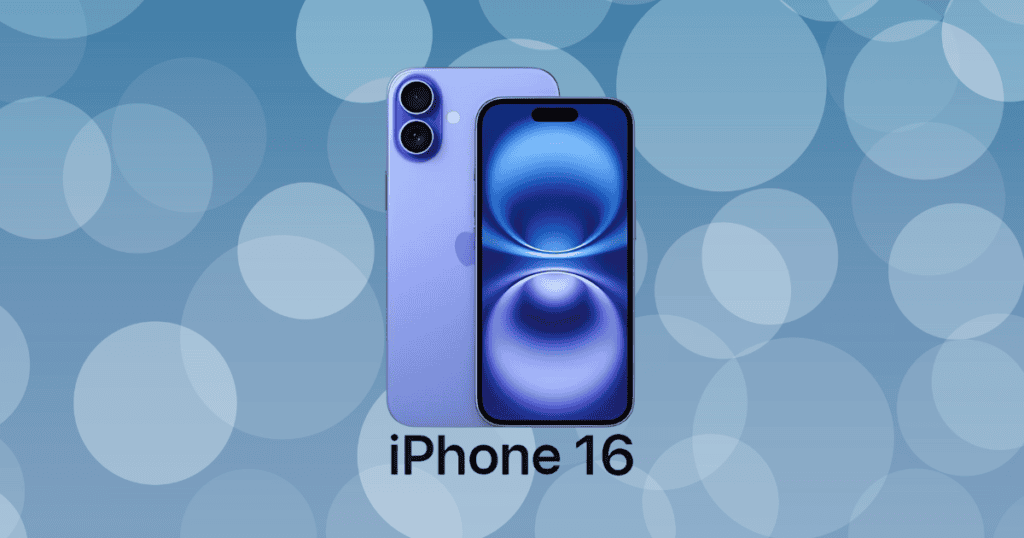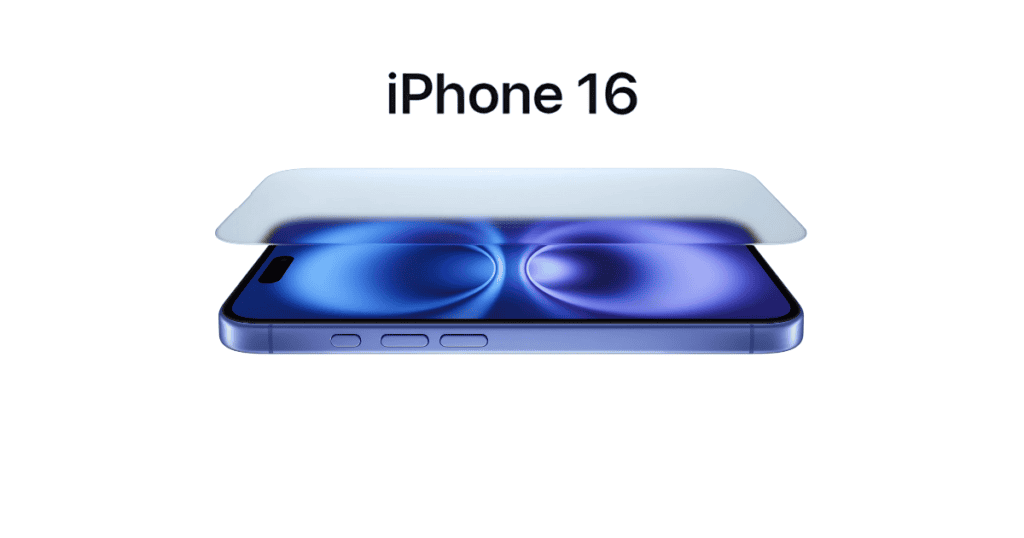The introduction of USB-C and 45W fast charging across all iPhone 16 models represents a notable change in Apple’s approach to mobile technology. This enhancement not only allows for rapid charging capabilities but also aligns the devices with broader industry standards, potentially influencing user habits and accessory markets. With the ability to charge from 0% to 50% in merely 30 minutes, one must consider the implications of this alteration on both consumer convenience and competitive dynamics in the smartphone sector. What remains to be explored is how this move will reshape the future landscape of mobile charging solutions.
Benefits of 45W Fast Charging
The introduction of 45W fast charging offers users a transformative experience, enabling them to recharge their devices from 0% to 50% in approximately 30 minutes. This remarkable charging speed represents a significant improvement of around 50% compared to earlier models, thereby enhancing user convenience and reducing downtime.
With the adoption of USB-C charging technology, users can now benefit from higher wattage solutions that meet their expectations for rapid power restoration.
The enhanced charging capabilities of 45W fast charging are particularly advantageous during intensive tasks such as gaming or video streaming, where devices demand more power. By minimizing the time spent connected to a power source, users can enjoy uninterrupted usage, leading to greater overall satisfaction.
Additionally, as the trend towards faster charging continues, the 45W standard is set to cater to the evolving needs of consumers seeking efficient energy solutions.
USB-C Transition for iPhone 16
With the iPhone 16 series, Apple has embraced a pivotal shift to USB-C charging, marking a significant evolution in its charging technology. This transformation allows for a maximum fast charging capability of up to 45W across all models, including the standard and Pro variants, thereby enhancing the overall charging power available to users.
The switch from the traditional Lightning connector to USB-C not only aligns with industry standards but also adheres to European Union regulations that promote universal charging solutions.
This advancement represents a considerable upgrade from the previous iPhone 15 models, which offered a maximum charging rate of 29W. By adopting USB-C, Apple positions itself competitively within the smartphone market, joining other brands that have already implemented this charging standard.
The enhanced charging efficiency provided by USB-C guarantees that users can experience quicker power replenishment, addressing the growing demand for faster charging solutions in today’s mobile landscape.
As Apple continues to innovate, the introduction of USB-C in the iPhone 16 series is a clear indication of the company’s commitment to improving user experience and adapting to evolving technological trends.
Comparison With Previous Models
Apple’s adoption of USB-C technology in the iPhone 16 series represents a significant leap in charging performance when compared to previous models. The introduction of the 45W charging capability allows users to experience approximately 50% faster wired fast charging than what was available with the iPhone 15 lineup. The enhanced charging speeds of the iPhone 16 models enable users to reach 50% battery life in just around 30 minutes, a notable improvement over longer charging durations associated with earlier devices.
The table below illustrates this comparison:
| Model | Maximum Charging Capability | Time to 50% Charge |
|---|---|---|
| iPhone 15 Series | 27W – 29W | Longer than 30 mins |
| iPhone 16 Models | 45W | About 30 mins |
| Samsung Galaxy S24 Ultra | 45W | About 30 mins |
| Other Android Competitors | Higher than 45W | Varies |
While the iPhone 16 models match the capabilities of the Samsung Galaxy S24 Ultra, they still trail behind some Android competitors that offer even higher wattage charging solutions, emphasizing Apple’s commitment to enhancing user experience amid evolving consumer expectations.
Industry Impact of USB-C Adoption
Transformative change is underway in the smartphone industry as USB-C technology becomes the standard for charging across devices, including the latest iPhone 16 models. The integration of a USB-C port in these devices enables up to 45W fast charging, marking a significant enhancement in charging capabilities compared to previous models.
This shift not only elevates Apple’s competitive position but also aligns with growing consumer demand for rapid power replenishment.
Moreover, the adoption of USB-C reflects a broader industry trend towards standardization. As regulatory influences, such as the EU mandate for USB-C, accelerate the change away from proprietary charging ports, manufacturers are responding by embracing this universal solution.
This movement towards a common charging standard promotes greater compatibility and convenience for consumers, simplifying the charging experience.
Incorporating USB-C across the iPhone 16 models illustrates a commitment to improving user experience and efficiency in charging technology.
As industry standards evolve, the emphasis on fast charging and standardized ports is likely to reshape the mobile landscape, encouraging other manufacturers to follow suit and further enhance the overall charging ecosystem.
Future of Charging Technology
The evolution of charging technology is poised to redefine user experiences across mobile devices, driven by the standardization of USB-C and the pursuit of higher power capabilities.
As manufacturers embrace USB-C, the landscape of charging is set to undergo significant changes, enhancing speed and efficiency. Future developments will likely focus on several key areas:
- Higher wattage capabilities: Charging speeds exceeding 100W are on the horizon, promising faster replenishment of energy.
- Improved wireless charging: Standards like Qi2 are expected to enhance the efficiency and speed of wireless charging solutions.
- Regulatory influences: Legislation, particularly from the EU, will encourage sustainable practices in charging technology, reducing electronic waste.
- Advancements in battery technology: Innovations may lead to charging speeds and efficiencies that could double or triple current capabilities.
- Standardized solutions: The widespread adoption of USB-C will streamline compatibility across devices, simplifying the user experience.
As these trends unfold, users can anticipate a future where charging becomes faster, more efficient, and increasingly integrated into everyday technology, shaping the way we power our devices.
MacReview Verdict
The advent of USB-C and 45W fast charging in the iPhone 16 series heralds a new era of efficiency, akin to a lightning storm illuminating the night sky. This remarkable leap in charging technology not only enhances user convenience but also aligns Apple with industry standards, paving the way for future innovations. As devices recharge in mere moments, a seamless integration of technology and user experience emerges, transforming the landscape of smartphone charging into a domain of unprecedented speed and accessibility.




